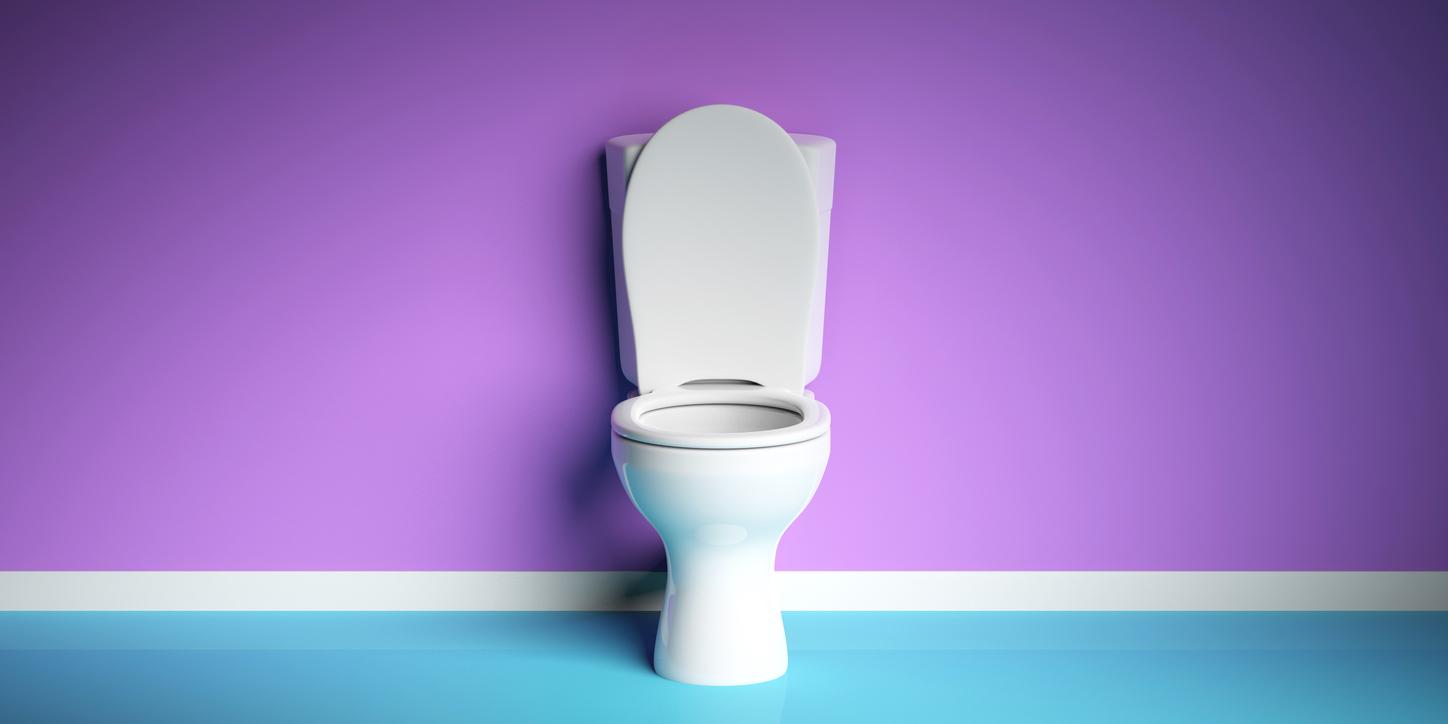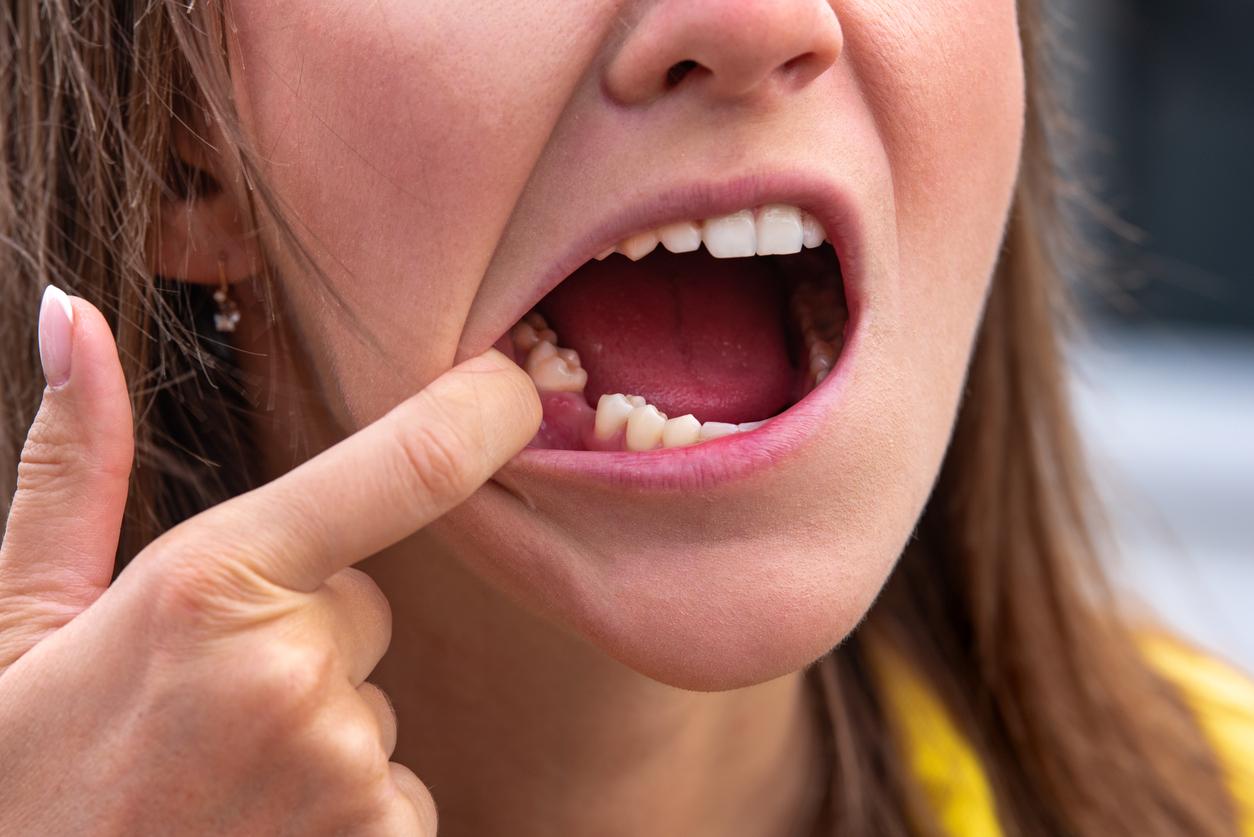
Facts at a glance
More than half (57 percent) of all women between the ages of 30 and 65 have experienced involuntary loss of urine. How do women view this problem? Do they even know what to do about it?
Sneezing, laughing, lifting something heavy or having to hold the pee for a while; all very uncomfortable if it leads to unwanted urine leakage. A large study on urine loss among more than 2500 Dutch and Belgian women led to striking results.
Younger woman too
The chances of not being able to hold your pee at times increase as you get older. However, the research also shows that almost half of the people in their thirties (49 percent) have suffered from this. Around pregnancy, for example, one in three women suffers from unwanted urine loss.
The vast majority of women suffer from stress incontinence; with exertion, the pressure on the bladder increases, causing you to lose a few drops or more urine.
Stress incontinence is often caused by weakened pelvic floor muscles due to pregnancy, menopause and overexertion. Of the women who are not affected by it now, a third fear they will in the future.
Still a taboo
Women do not readily talk about urinary incontinence, the study confirms. Unwanted urine leakage is still a taboo. It turns out that a quarter of the women do not even talk about this with anyone.
In addition, most women only talk about urine loss with trusted people, such as their own partner (37 percent), a good friend (35 percent) or a doctor (30 percent).
More information desired
The fact that 46 percent of women lose urine inappropriately, is not talked about enough, and they don’t know what to do about it.
Furthermore, a third says that they (partly) try to solve it with ‘streak peeing’ (consciously interrupting urination). However, this exercise has the opposite effect. One in three women is of the opinion that insufficient information is provided.
Exercise pelvic floor
More than half of the women, including those who have no problem with urine leakage, do pelvic floor exercises. The reasons for this differ. Many do this to recover from pregnancy and childbirth and/or pelvic instability, against back pain or for better posture.
For women with incontinence, however, it is the main reason to do exercises in 70 percent of the cases. In addition, 40 percent of all women see it as a way to prevent (even more) trouble due to urine loss. A small proportion think it provides more sexual pleasure.
When women do pelvic floor exercises, a third do it daily. In older women this is half. 40 percent of them also count the (wrong) practice of interrupting urination as part of this. The vast majority of women (80 percent) regularly train the muscles around the urethra, anus and vagina.
Stress incontinence completely disappears in most women by doing the right pelvic floor muscle exercises. Half of the women surveyed give the following motivations for wanting to do this:
- Remedy and prevent urine loss (more than half).
- Flatter stomach (about half).
- Reducing and preventing joint and back pain (45 percent).
- Better posture (about a third).
- Smoother movement (more important for over 40 years).
- More sexual pleasure (10 percent).
|
€19.95 |









 Care book Urinary loss (Incontinence)
Care book Urinary loss (Incontinence)







